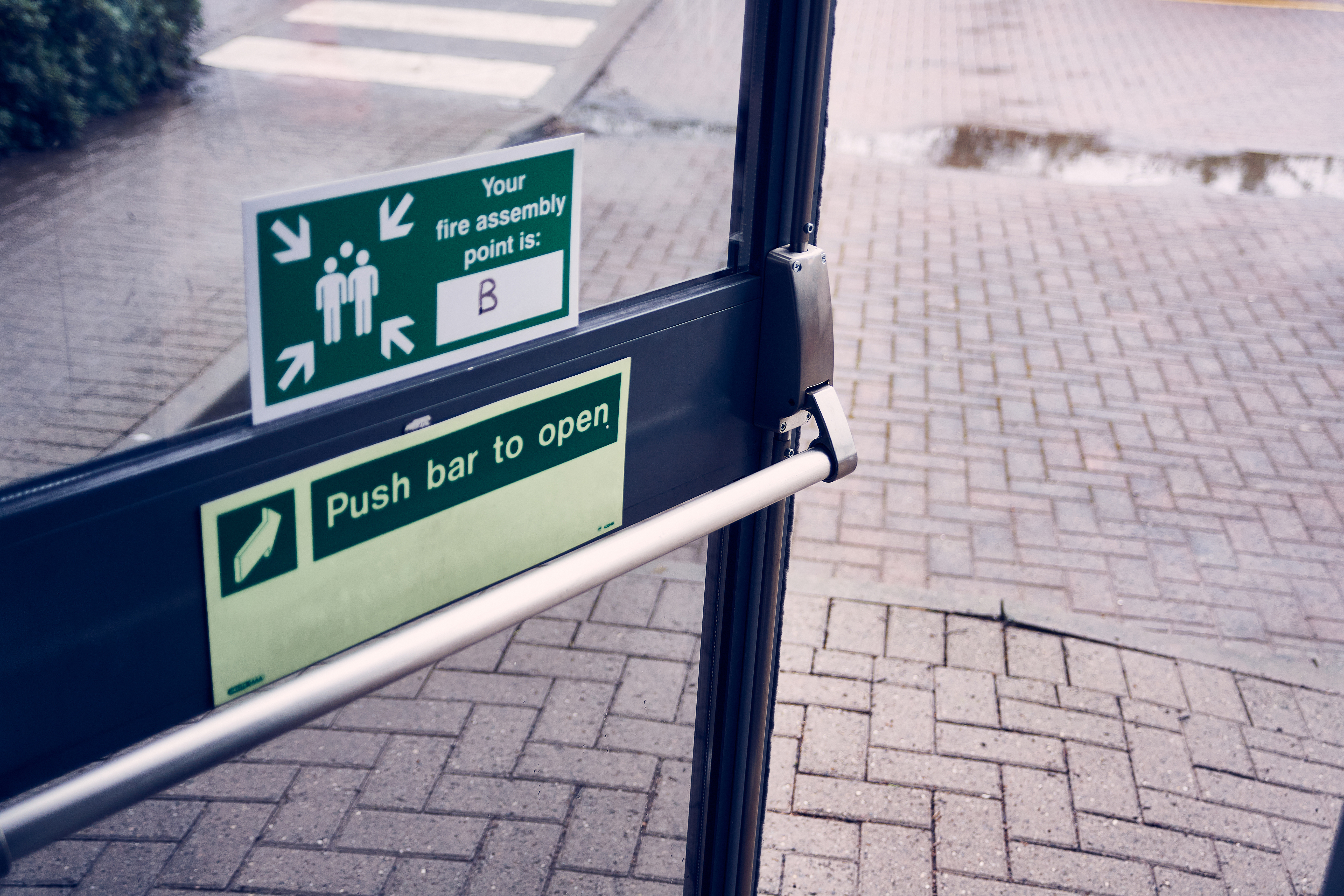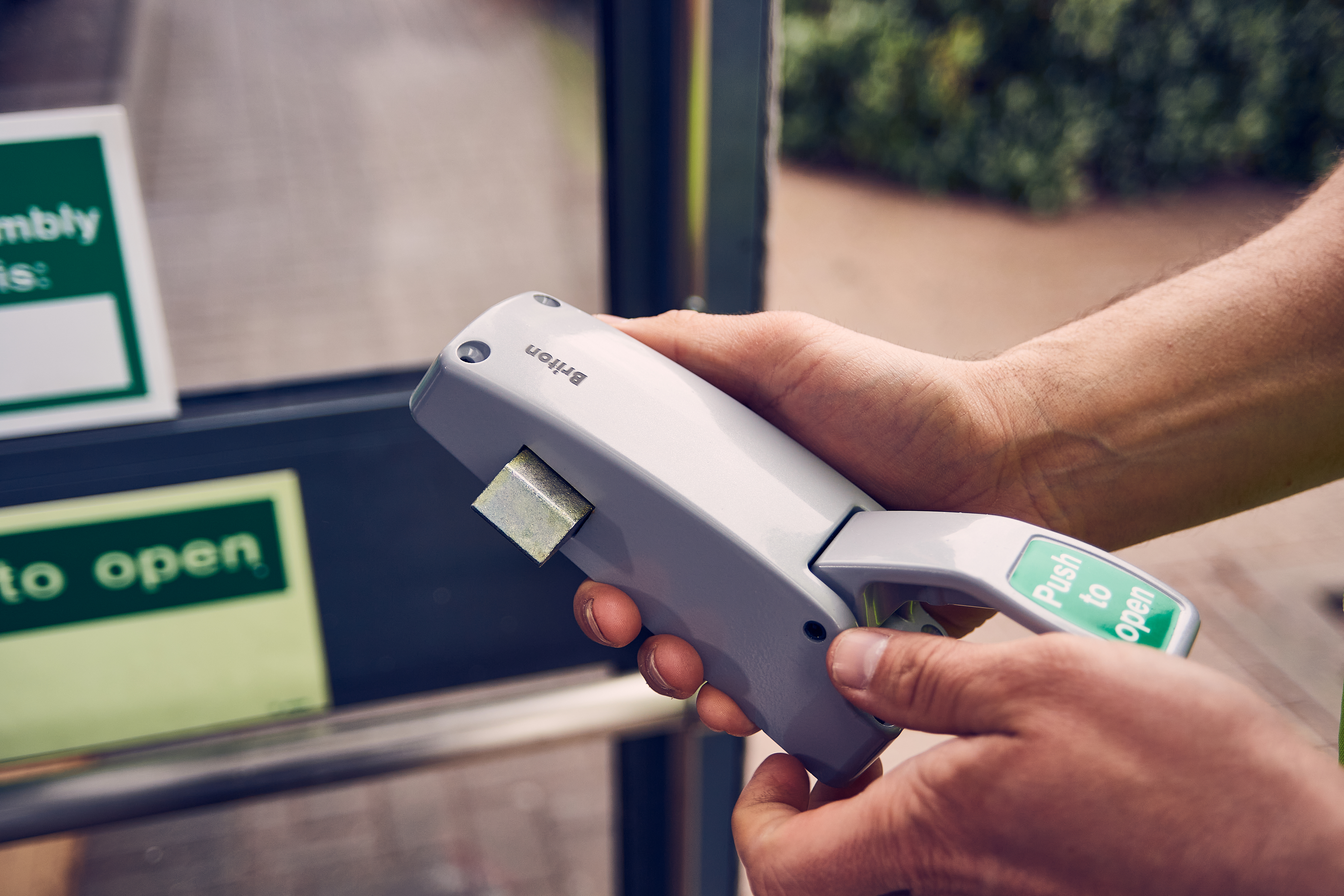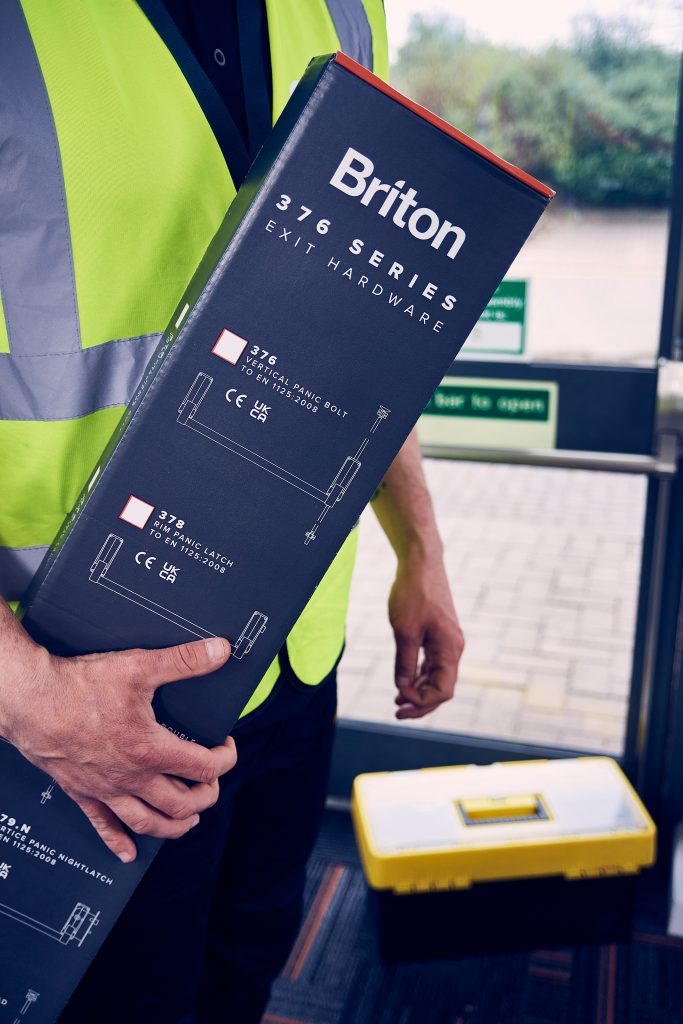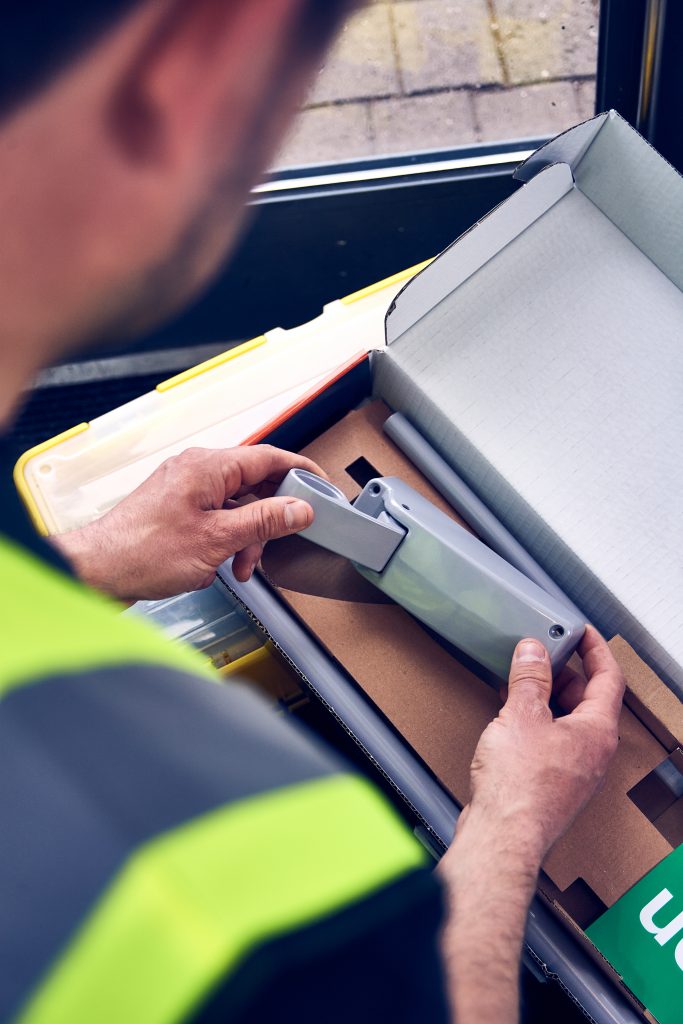What are the differences between panic and emergency exit hardware?
In an emergency, the evacuation of a building and its people is paramount. As such, the act of evacuation must remain as simple as possible, and when it comes to fire doors and their hardware, users must be able to open and exit doors, quickly, safely and with ease.
 With that in mind, it is crucial that the appropriate panic or emergency exit hardware is specified and installed on the correct doors, taking into consideration the type of building, application, occupation levels and where the door is placed in the building.
With that in mind, it is crucial that the appropriate panic or emergency exit hardware is specified and installed on the correct doors, taking into consideration the type of building, application, occupation levels and where the door is placed in the building.
Emergency exit hardware is typically used in buildings that are not accessible to the public, where its users are familiar with exit routes – commonly offices and private premises for example. Exit devices are often simple push or pull pads, or a lever handle operating a mortice escape lock or nightlatch. These mechanisms provide immediate exit in emergency situations without the need to use a key.
Panic exit hardware on the other hand is used in buildings of public access, where users may be unfamiliar with exit routes – hospitals, hotels and theatres for example. The rule also applies to any building that has more than 60 occupants or visitors. Doors that are accessible to the public must be fitted with a device that covers at least 60% of the width of the door itself as this helps to provide a safe and effective escape with minimum effort and without prior knowledge of its operation.
What are the performance standards?
BS EN 179 specifies requirements for the manufacture, performance and testing of emergency exit devices that are mechanically operated by a lever handle or a push pad for the purpose of achieving a safe exit under an emergency situation on escape routes. Devices used for trained personnel on emergency exit doors should be CE marked to BS EN 179.
Comparably, BS EN 1125 specifies requirements for the manufacture, performance and testing of panic exit devices operated by a horizontal push bar or touch bar designed for us in a panic situation on escape routes. The devices used on panic exit doors used by the public should be CE marked to BS EN 1125.
Both standards provide details on product types, classification by use, test cycles, door mass and corrosion resistance – as well as definitions, product performance requirements, test apparatus, test methods and the marking of products.
What is your advice to Locksmiths that have been asked to repair or replace broken panic and emergency hardware? i.e., should they replace like-for-like or same-brand? And how to avoid common mistakes when fitting panic and emergency hardware?
For those tasked with repairing damaged panic and emergency hardware, we advise beginning with a full evaluation of its condition. Many devices, such as our own, are supplied with manufacturer’s instructions and guidance, but should any doubt still linger after evaluation, it’s important to seek out professional advice immediately.
With replacement products, check that the product is CE marked to BS EN 179 or BS EN 1125 and fits the same footprint as the previous device. It’s also preferable that additional certification is provided by an approved third-party certification body.
What options are available for single / double rebated doors / double non-rebated doors?
Within our portfolio, we offer a complete range of trusted panic and emergency exit hardware solutions, including push bar, touch bar, push pads and lever handles – each ideal for timber and steel doors.
Are there any enhanced security options for panic and emergency doors?
In situations where additional security may be required, a panic bolt device is recommended. A panic bolt has a vertical rod to suit the door height and is equipped with locating bolts that go into the floor and the top of the door frame upon closure of the door. This provides three locking points in total, instead of a single lock with a panic latch.
Briton panic exit devices also feature an anti-thrust device in the latch and pullman latch to prevent forced latch retraction. When combined with multi-point latching, this provides an additional level of external security.
Any thoughts on accessibility from outside – common uses / preventing attack / illegal access / access device options?
There is often a need for panic and emergency exit doors to be accessible from the outside. When this is the case, an Outside Access Device can be installed. These devices are designed to offer lockable entry from the external access point of a door and are secured by panic or emergency exit hardware. While Outside Access Devices provide a strong and durable means of access while remaining lockable from the outside, each must be tested with the internal actuator and therefore must match the existing brands in use.
Can you explain the signage & markings required for pre & post-fixing?
In any scenario, it’s vital to check that signage is present and correct. To comply with EN 1125 there must be a ‘Push bar (or pad) to open’ sign accompanied with a directional arrow on the inside and a ‘Fire Exit, Keep Clear’ sign on the outside. Additionally, EN 179 specifies that signage must indicate how to operate the escape device in use.
Are there any legislation changes coming soon to be aware of?
We are not aware of any further changes in legislation that cover these devices; nonetheless, we remind all responsible persons that panic and emergency hardware should be regularly checked and maintained under current legislation.




